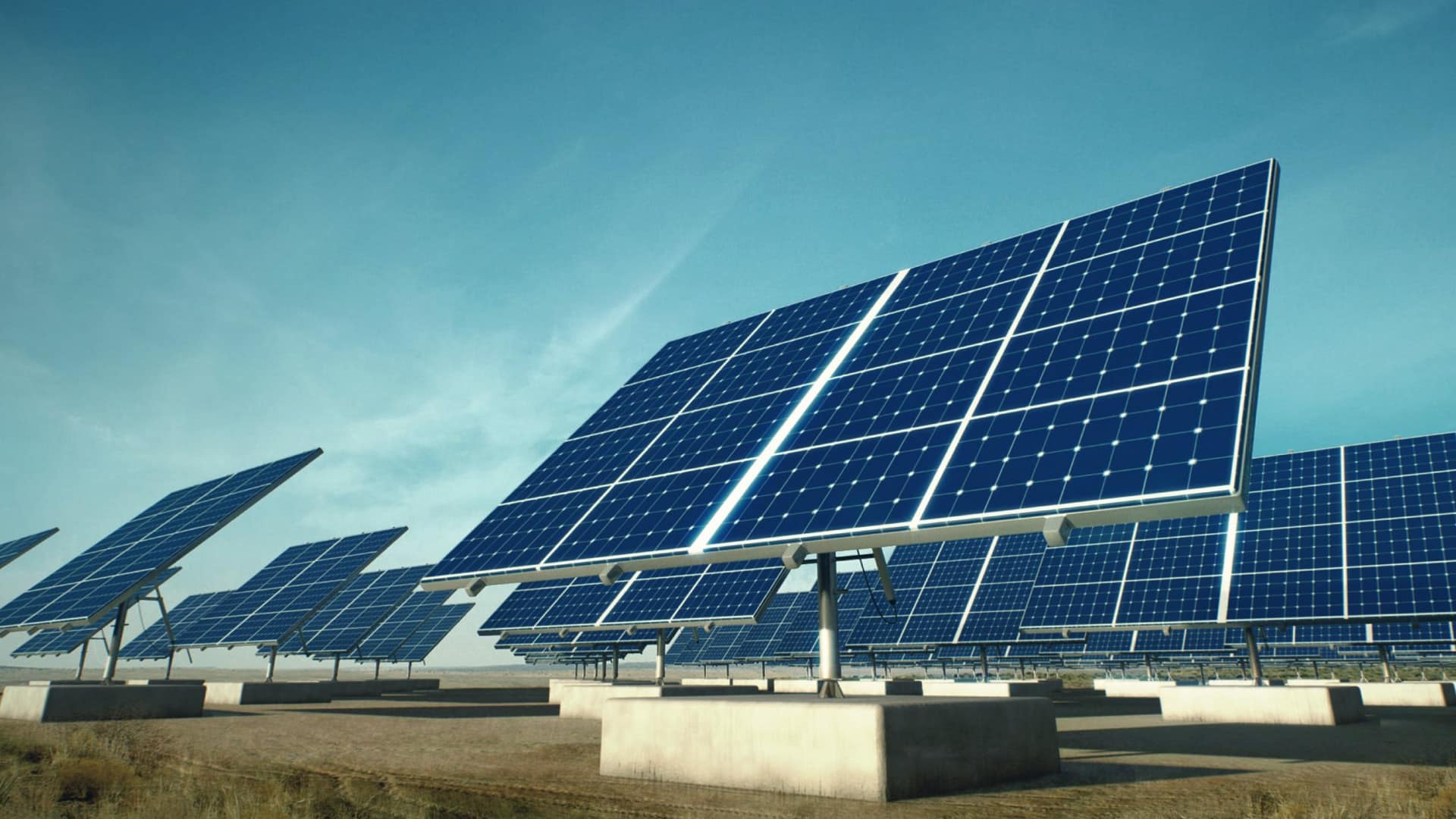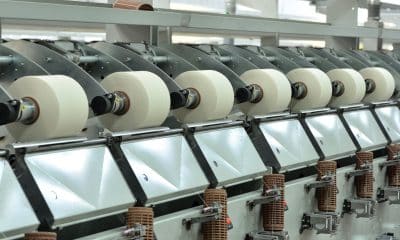Business
Renewable energy capacity addition likely to be 11 GW in FY2022: ICRA
Renewable energy capacity addition in India is likely to improve to 11 GW in 2021-22 though the solar bid tariffs could go up amid rising module prices, ICRA said on Thursday. “While there is a slowdown in renewable energy (RE) capacity addition to 7.4 GW in FY2021 from 8.7 GW in FY2020 amid the execution headwinds due to COVID-19, ICRA expects the capacity addition to improve to 10.5 to 11 GW in FY2022 led by a strong project pipeline of 38 GW,” ICRA said in a statement.
Also, more than 20 GW RE projects are under the tendering phase from various nodal agencies, providing visibility for capacity addition over the medium-term, it added. “The RE sector is expected to witness investments of Rs 3.5 trillion (Rs 3.5 lakh crore) over the next four years, increasing the share of RE capacity to 34 per cent of the overall installed capacity by March 2025 from 25 per cent as of March 2021 led by the solar power segment,” said Girishkumar Kadam, Senior Vice President & Co-Group Head – Corporate Ratings, ICRA. However, Kadam said the delays in signing of PPAs/PSAs (power purchase or sale agreements) as observed in the past and cancellation of bids owing to expectations of a reduction in tariff rates, remains a key challenge.
Also read: FinMin releases Rs 9,871 cr grant to 17 states
Nonetheless, given the expected rise in solar bid tariffs in the upcoming auctions amid the rise in module prices and imposition of basic customs duty (BCD) on imported solar PV cells & modules from April 2022, progress is expected in signing of PPAs/PSAs for the earlier awarded tenders by the central intermediate procurers, he stated. Despite the rise in tariff, the solar power tariffs are expected to remain below Rs 3 per unit and cost competitive, against the marginal cost of generation from thermal sources in the bottom 25 per cent of the merit order dispatch, ICRA said. On the other hand, the execution challenges persist for the under-construction projects with respect to land acquisition and evacuation infrastructure, especially in the wind power segment, it added.
In this context, the government has approved extension in commissioning timeline by 2.5 months, considering the second wave of COVID-19. Also, the government has extended the waiver on inter-state transmission charges for wind and solar power projects commissioned till June 2025 from June 2023 earlier, it stated. Further, the demand outlook for domestic solar original equipment makers remains favourable, with the strong policy support through imposition of BCD on imported cells and modules and the notification of the production-linked incentive scheme along with a strong order pipeline of 35-40 GW over the next three to five years from various schemes requiring the use of domestic modules. Also, the delays in inclusion of overseas suppliers in the Approved List of Models and Manufacturers (ALMM) could support the demand for domestic module original equipment makers (OEMs) in the near term.
Vikram V, Vice President & Sector Head – Corporate Ratings, ICRA, said the policy push for the promotion of domestic module manufacturing is expected to improve the cost competitiveness of domestic OEMs and has led to new capacity announcements of more than 15-GW by various OEMs. “The timely commissioning of these new capacities remains important to meet the growing demand from the developers, given the current capacity constraints. Moreover, the ability of the OEMs to achieve backward integration and build economies of scale would be important to remain competitive against the overseas suppliers on a sustained basis,” he said. That apart, the credit profile of operational RE projects remains constrained by the exposure to discoms in states such as Andhra Pradesh, Telangana and Tamil Nadu, with large payment overdues.
The overall dues from discoms to RE independent power producers (IPPs) remained high at Rs 11,840 crore as of April 2021, declining marginally from Rs 12,270 crore as of January 2021, as per the data from the PRAAPTI portal. Nonetheless, the credit profile of ICRA-rated RE IPPs is supported by the presence of liquidity buffer in the form of debt service reserve or working capital and relatively strong sponsor profile. Overall, ICRA’s outlook for the RE sector remains stable, driven by factors such as continued policy support from the government , large growth potential, the presence of creditworthy central nodal agencies as intermediary procurers and tariff competitiveness, it said.









































Pingback: Gradual receding of COVID cases has created scope for eco recovery